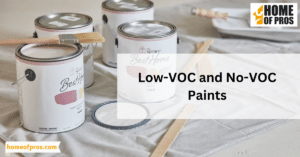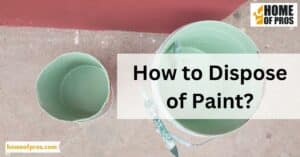When it comes to choosing the perfect paint finish for your home, you’ve probably found yourself debating between satin and matte options. Both offer unique aesthetics and practical benefits and understanding the difference can guide you to a choice that best suits your needs.
Matte and satin paints have different benefits depending on the room they are used in. Matte is best for low-traffic areas to create a deep, rich, velvety look, while satin is better suited for high-traffic areas and those exposed to moisture or frequent cleaning due to its durability.
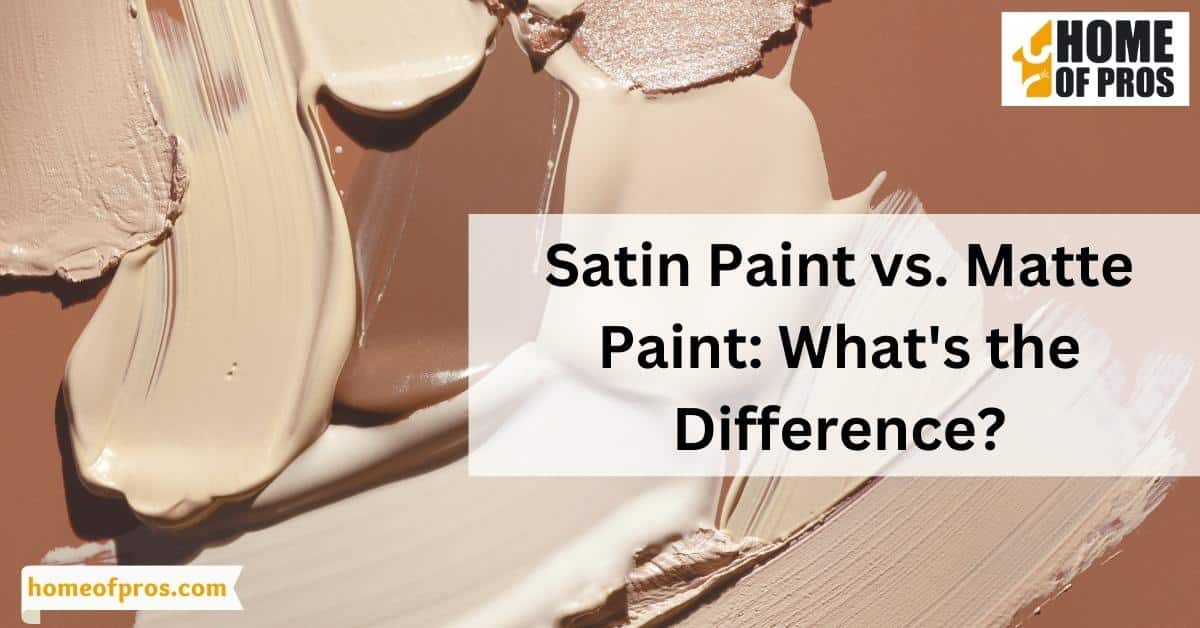
What Is the Difference Between Satin and Matte Paint?
Satin and matte paints differ primarily in terms of their finish and the visual effect they create. Matte paint has a non-reflective finish, giving walls a smooth, velvety look that hides imperfections well. It absorbs light, which makes colors seem richer and deeper. However, a matte finish is more susceptible to damage and harder to clean, making it less ideal for high-traffic areas.
On the other hand, satin paint has a subtle sheen and reflects light gently, giving walls a soft glow. Satin is more durable and easier to clean than matte, making it a popular choice for kitchens, bathrooms, and kids’ rooms. However, its shine can highlight wall imperfections. Understanding these characteristics will help you make the best choice for your painting project.
Now, let’s see how they compare side by side:
| Satin Paint | Matte Paint | |
|---|---|---|
| Light Reflectivity | High (25%-35% gloss) | Low (5%-10% gloss) |
| Feel | Slightly tacky | Smooth |
| Appearance | Velvety sheen | Natural, less lustrous |
| Durability | Stands up well to washing | Less durable compared to satin |
| Ideal For | Bathrooms, kitchens, kid’s room, trim, and molding | Ceilings, bedrooms |
When it comes to choosing between satin and matte, it all depends on the look you are going for and where you are applying the paint. Remember, there’s no one-size-fits-all answer – your personal preference and specific needs should guide your decision.
When Should I Use a Satin or Matte Finish?
Choosing between a satin or matte finish can feel overwhelming. Each has its own unique advantages, but it can be hard to determine which one is best for your project. That’s why it’s important to understand the differences between the two finishes and consider your specific needs before making a decision.
Whether you’re working on a home renovation project, a piece of furniture, or even a painting, knowing the advantages of both satin and matte finishes can help you achieve the desired result.
When to Use Matte Paint
Matte paint is ideal for low-traffic areas, like bedrooms and dining rooms. It’s also great for creating a cozy atmosphere in any room. Its non-reflective finish helps colors appear richer and truer than their original tone. Additionally, matte paint can hide imperfections on walls more effectively than satin.

When to Use Satin Paint
Satin paint is best for high-traffic areas, like hallways and kitchens. Its slightly glossy finish makes it easier to clean, which is especially important in frequently used rooms.
The subtle sheen adds a touch of elegance that complements traditional home decor, but can also be used with contemporary designs. However, its shine will highlight any wall imperfections.

Pros and Cons of Using Satin and Matte Paints
When it comes to painting your home or decor projects, you have many options to choose from – including different types of finish. Two popular options you may be considering are satin and matte paints. Satin paints offer a smooth, subtle sheen with a hint of gloss, while matte paints provide an elegant, sophisticated look without any gloss or shine.
Each option has its own set of pros and cons to consider, so it’s important to weigh them carefully before making a decision.
Sure, let’s explore the benefits and drawbacks of both Satin and Matte paints.
| Satin Paints | Matte Paints | |
|---|---|---|
| Pros | 1. Durable and can withstand cleaning.
2. Offers a slight gloss and smooth finish. 3. Good for high-traffic areas and kid’s rooms. |
1. Non-reflective and thus, hides wall imperfections well.
2. Gives an elegant and sophisticated look. 3. Ideal for ceilings and low-traffic areas. |
| Cons | 1. Highlights wall imperfections due to its slightly glossy finish.
2. Can be challenging to touch up. |
1. Not as durable, may scuff or mark in high-traffic areas.
2. Difficult to clean without removing paint. |
Remember, the choice between Satin and Matte paints ultimately depends on the specific needs of your space. Consider factors such as traffic levels, light conditions, and the overall look you want to achieve before making your decision!
What is the Best Paint Finish for My Home?
Choosing the right paint finish for your home largely depends on the specific room and its usage. Let’s delve into the question of which paint finish – matte or satin – is best suited for different scenarios in your home.
Living Room
If your living room space has flawless walls and is not exposed to high traffic or potential stains, matte paint could be an excellent choice to bring out a warm, elegant atmosphere with its rich, deep colors.
However, if your living room is often used by children or pets, a satin finish, with its durability and ease of cleaning, would be a better option.

Kitchen and Bathrooms
Kitchens and bathrooms are often exposed to moisture and require frequent cleaning. Satin paint, with its slight gloss, is more resistant to moisture and can withstand repeated cleaning, making it a more practical choice for these spaces.
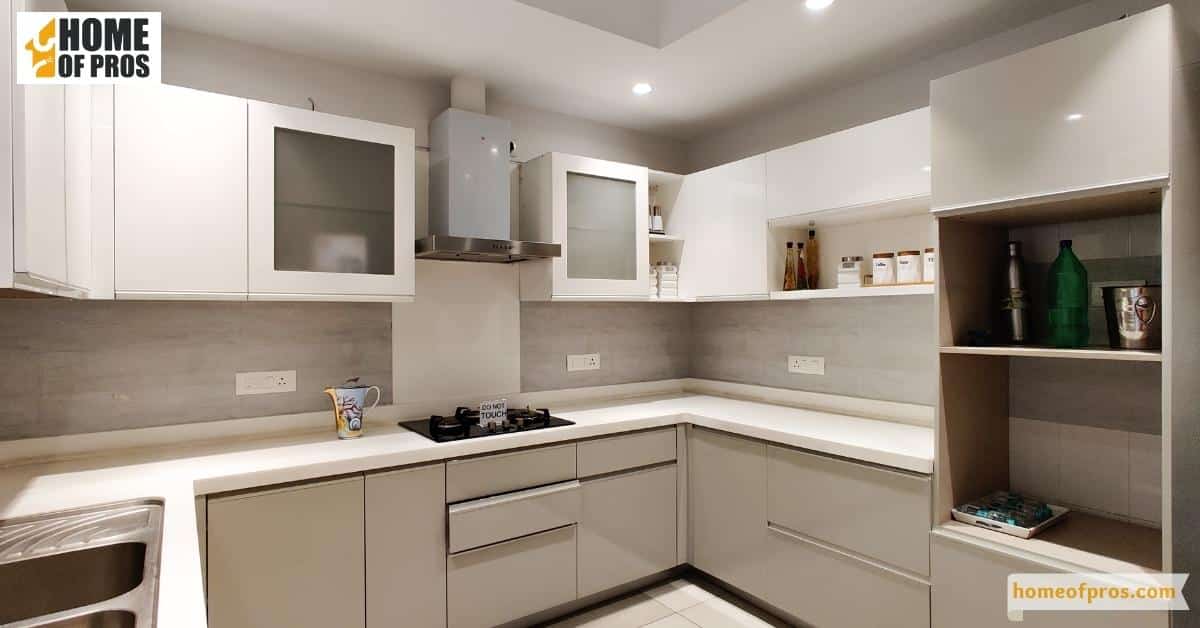
Bedrooms
For bedrooms, where there is less foot traffic and minimal exposure to stains, you might opt for a matte finish. It creates a calming, serene environment, ideal for rest and relaxation. Each room in your home has different needs, and understanding these needs will guide you in choosing the best paint finish.
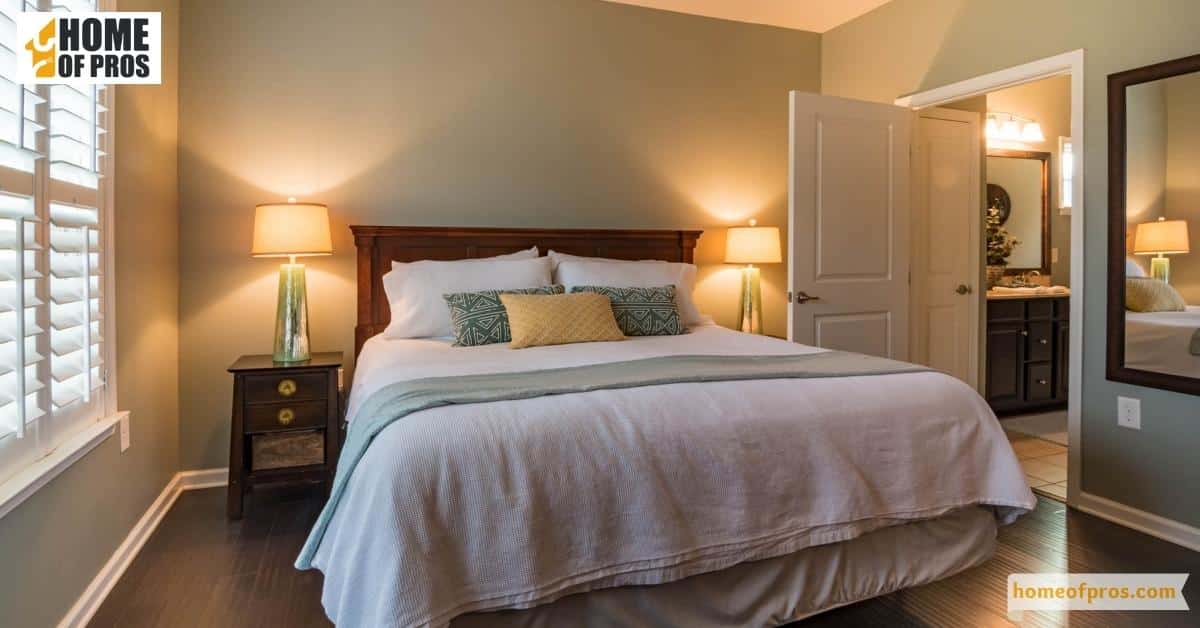
Should Accent Walls Be Matte or Satin?
The choice between matte and satin for accent walls depends on the desired effect and the room’s function. A matte finish can be a striking choice for an accent wall, as it absorbs light and makes colors appear deeper and more vibrant. This can create a dramatic impact, particularly when used with bold hues.
However, remember that matte paint is more susceptible to damage and harder to clean, so it might not be suitable for high-traffic areas or walls that are frequently touched. Conversely, a satin finish on an accent wall can add a subtle glow, enhancing the room’s elegance. Its durability and ease of cleaning also make it a practical choice.
Whether you choose matte or satin really comes down to your personal preference and the specific needs of your space.
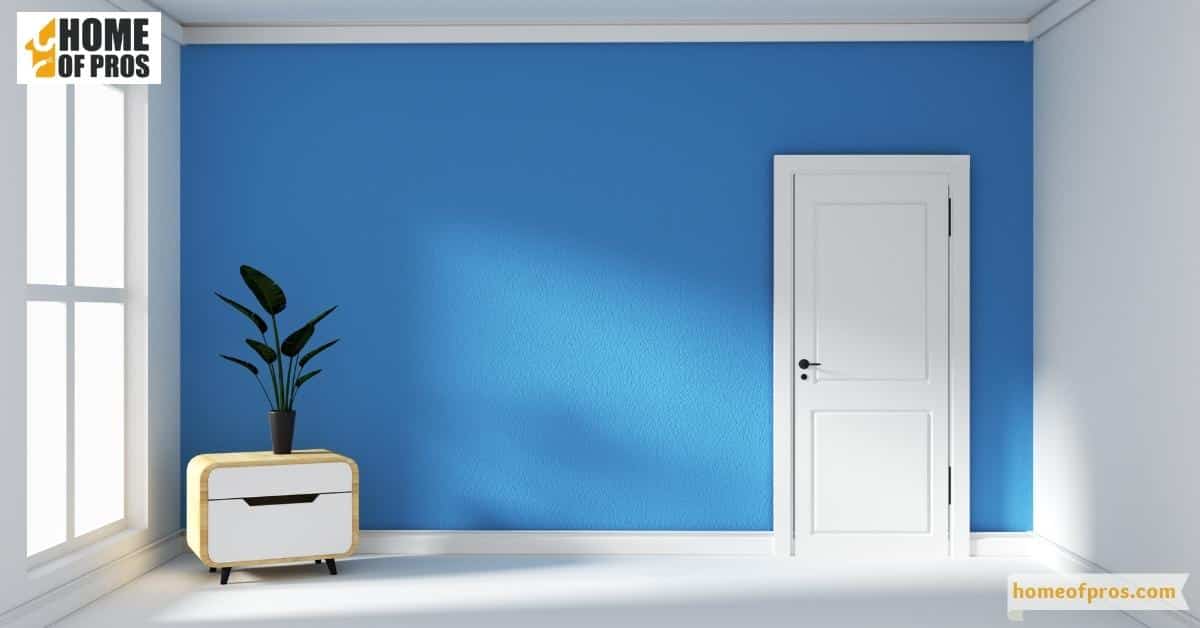
In conclusion
Both matte and satin paints offer unique benefits and aesthetic qualities, making them suitable choices for different scenarios. Matte paint, with its deep, rich colors and ability to hide wall imperfections, is ideal for low-traffic areas and rooms where a serene, elegant ambiance is desired.
On the other hand, satin paint, with its subtle sheen, durability, and ease of cleaning, is a practical choice for high-traffic areas and rooms exposed to moisture or frequent cleaning. Ultimately, the decision between matte and satin will depend on the specific needs of your space, your aesthetic preferences, and the atmosphere you want to create.
By understanding the characteristics of each finish, you can make an informed decision and achieve a result that enhances the beauty and longevity of your paint project.



